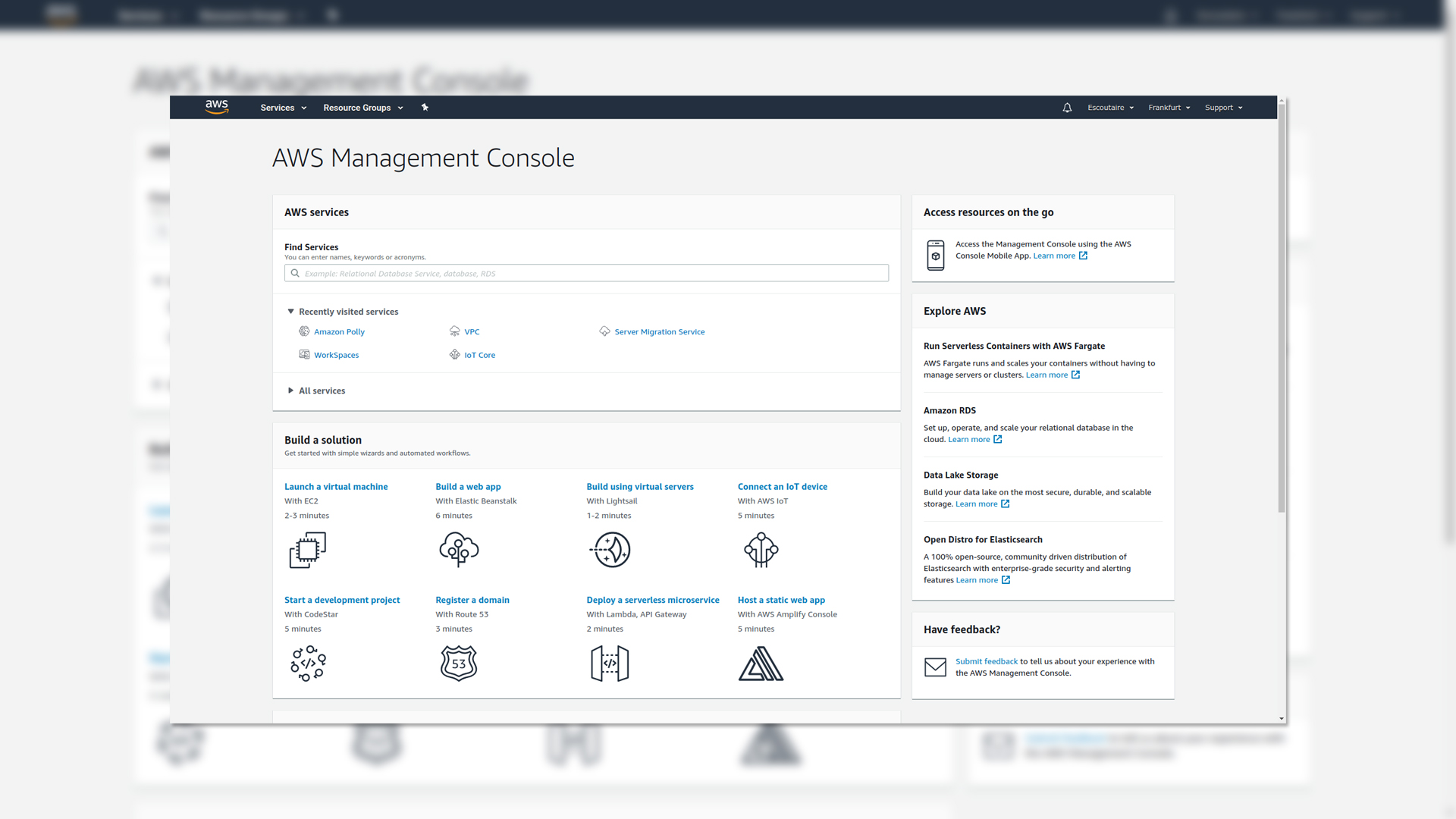What is Amazon S3?
Everything you need to know about Amazon S3, one of the world’s most popular cloud storage services

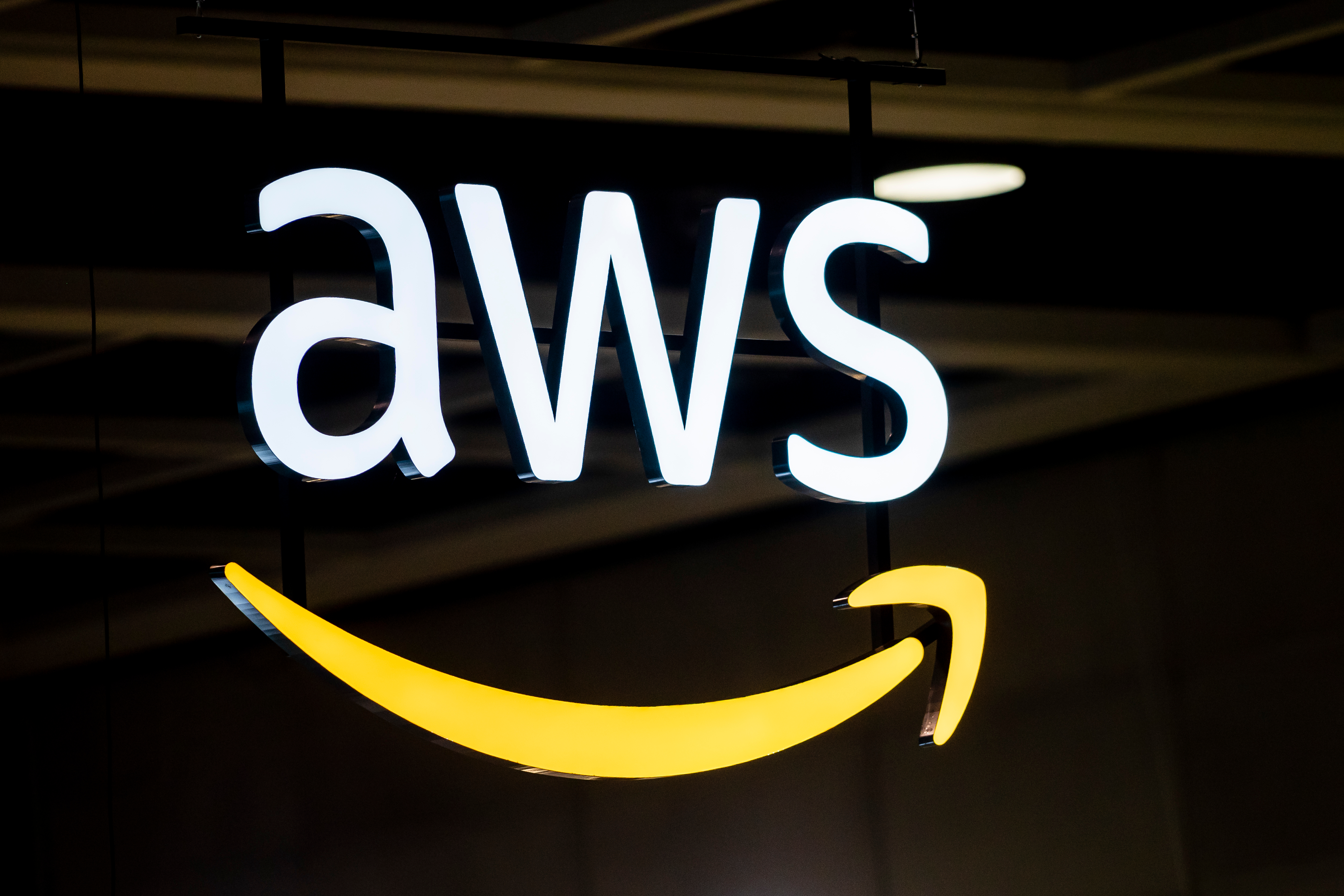
Amazon S3 is the company's premier object storage service, and one of the first products it brought to market. It remains one of the most popular storage services available today, working in tandem with, and underpinning, most of Amazon's other customer-facing services.
Amazon S3 is regularly updated with new features and storage capabilities, and patches that are designed to improve data protection and security.
What is Amazon S3?
Amazon Simple Storage – or Amazon S3 as it is more commonly known – is an object storage service. It offers unlimited, flexible cloud storage for seemingly any use case, whether that’s big data analysis, cloud-native applications, or mobile apps.
READ MORE

Object storage, or ‘object-based’ storage, is a type of architecture that manages data as an object, instead of files or blocks. Each object includes the data itself, a variable of metadata, and a globally unique identifier. The metadata element is key, as it is separated to support additional capabilities, such as the capture of application-centric or user-centric information for indexing, which is traditionally harder with fixed metadata.
Amazon S3's object storage approach is designed in a way that simplifies data admin. It removes the need for many basic storage functions, such as construction and management of logical volumes for disk capacity, or configuring settings to prevent disk failure.
Part of the reason Amazon S3 is so popular is its accessible pricing. Customers only pay for what they use, and there is no minimum service fee. It's also quite cheap, with the first 50TB, or the first month of use, being just $0.024 per GB – price accurate at the time of writing.
Amazon S3 security: What are buckets and keys?
RELATED RESOURCE
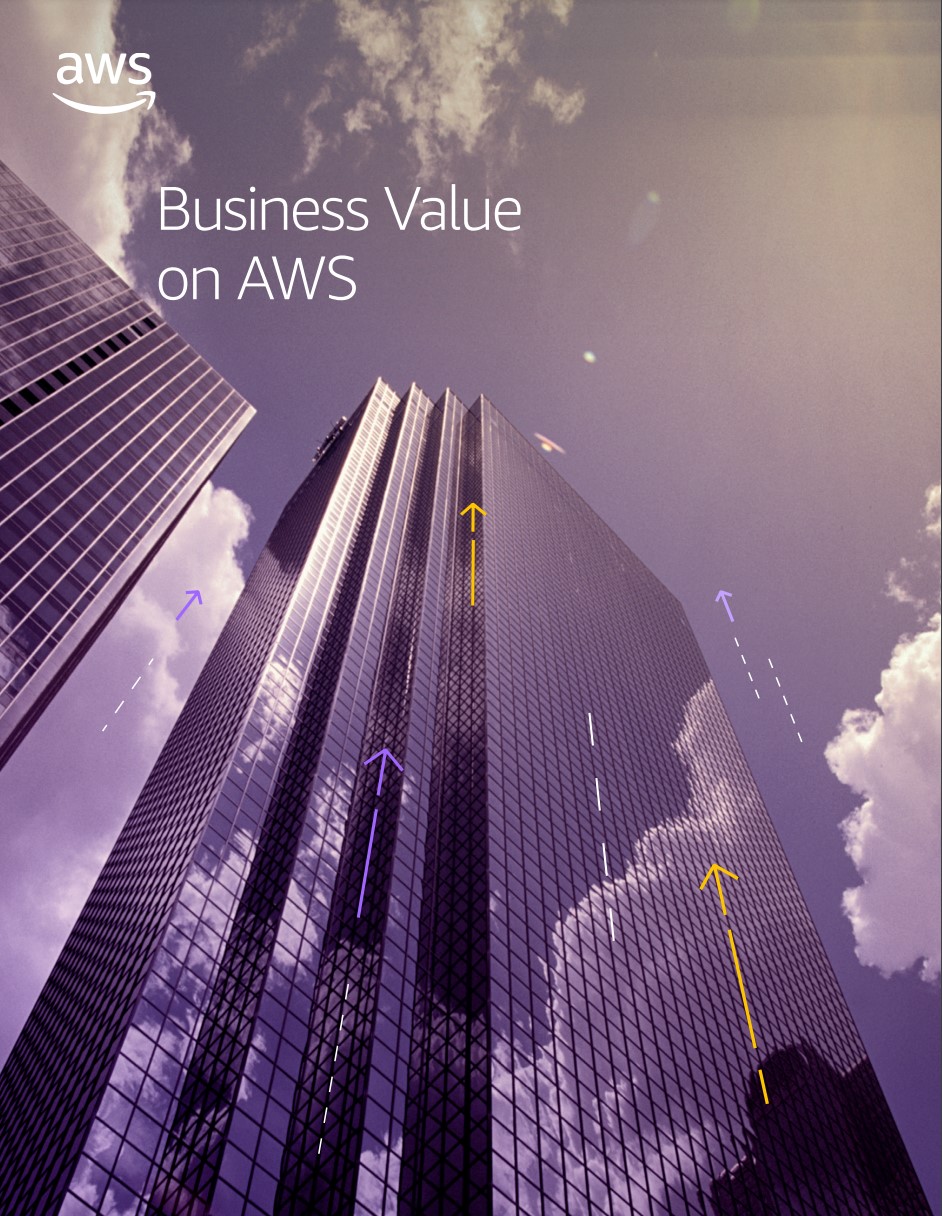
Business value on AWS
Four key dimensions that will help to build a comprehensive business case for the cloud
Amazon S3 organises data into 'buckets'. These act as data repositories that can handle an unlimited number of objects, although each object is limited to a maximum size of 5TB. Buckets are designed in a way that allows for data to be organized and for access controls to be placed on objects.
Sign up today and you will receive a free copy of our Future Focus 2025 report - the leading guidance on AI, cybersecurity and other IT challenges as per 700+ senior executives
Any object placed inside a bucket will be assigned a unique key, which helps locate and identify specific data objects within each bucket. This key resembles the structure of a URL, and is made up of the bucket number, the object number, and the region or data center the data is stored in.
Buckets must be appropriately configured in order to prevent unauthorized access to data. Historically, Amazon S3 buckets have been the source of a number of high-profile data leaks, including those belonging to the NSA, largely due to misconfigurations through human error.
Amazon has made efforts to minimize cyber security risk with constant updates and new features, and now includes a wealth of security controls for use across a variety of businesses.
For example, following an integration deal with CloudKnox in 2019, the company introduced a built-in identity and access management (IAM) tool to make it easier to monitor access controls.
Admins can also make use of the 'S3 Block Public Access' function, which is able to prevent access to specific buckets from those outside of a company or approved list. This function also overrides any existing blanket S3 permissions.
Read our guide to setting up and securing Amazon S3 for more information.
Amazon S3 latest features and updates
As a flagship product, Amazon S3 often receives new updates and innovations at the tech giant’s annual conferences. These can sometimes be tie-ins with other AWS services but it mainly sees new cost efficiencies and user improvements.
READ MORE
For instance, in 2021, Amazon added S3 Object Lambda, a service that allows users to add their own code to process data retrieval from their S3 buckets before it is returned to an application. The introduction of Lambda enables users multiple views of the same dataset, with capabilities to change the views at any time.
Another new function is S3 Glacier Instant Retrieval, which was launched during 2021’s AWS Re:Invent. This is a new archive storage class which offers low-cost storage for older datasets that are rarely accessed. AWS claims it is the fastest access to archive storage and offers 63% cost savings compared to previous services.
Bobby Hellard is ITPro's Reviews Editor and has worked on CloudPro and ChannelPro since 2018. In his time at ITPro, Bobby has covered stories for all the major technology companies, such as Apple, Microsoft, Amazon and Facebook, and regularly attends industry-leading events such as AWS Re:Invent and Google Cloud Next.
Bobby mainly covers hardware reviews, but you will also recognize him as the face of many of our video reviews of laptops and smartphones.
-
 What the fragmentation of UC means for the channel
What the fragmentation of UC means for the channelIndustry Insights If communications are becoming fragmented, what does that mean for MSPs and VARs?
-
 How SMBs can DIY their IT implementation and support
How SMBs can DIY their IT implementation and supportFeature For some small and medium-sized businesses, the third-party expertise and support might be out of reach. What’s the alternative?
-
 Cloud infrastructure spending hit $102.6 billion in Q3 2025 – and AWS marked its strongest performance in three years
Cloud infrastructure spending hit $102.6 billion in Q3 2025 – and AWS marked its strongest performance in three yearsNews Hyperscalers are increasingly offering platform-level capabilities that support multi-model deployment and the reliable operation of AI agents
-
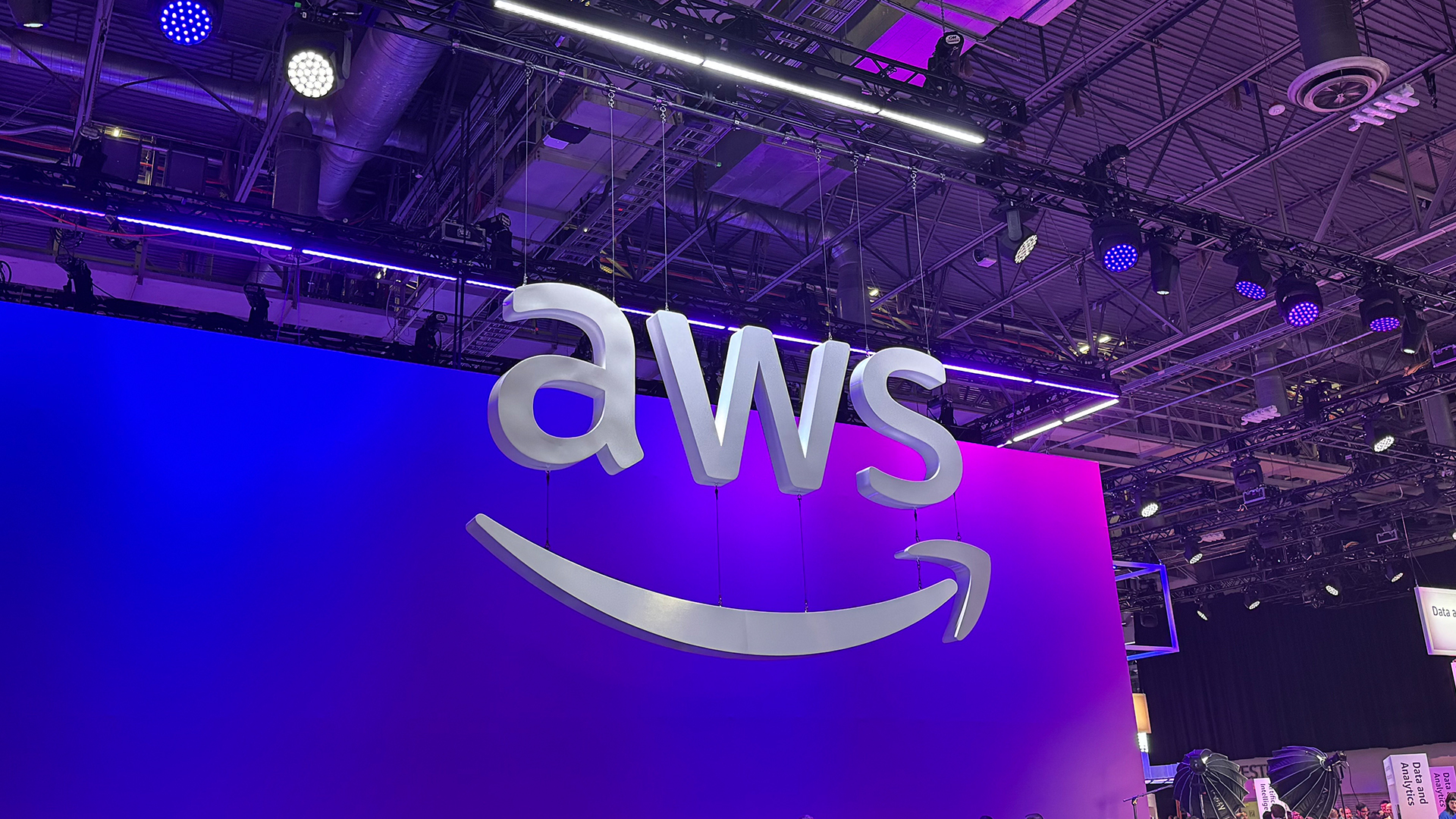 AWS re:Invent 2025 live: All the news and announcements from day two in Las Vegas
AWS re:Invent 2025 live: All the news and announcements from day two in Las VegasLive Blog Keep tabs on all the latest announcements from day-two at AWS re:Invent 2025 in Las Vegas
-
 AWS has a chance to show its mettle at re:Invent 2025
AWS has a chance to show its mettle at re:Invent 2025Analysis The hyperscaler will be betting big on its AI stack and infrastructure credentials
-
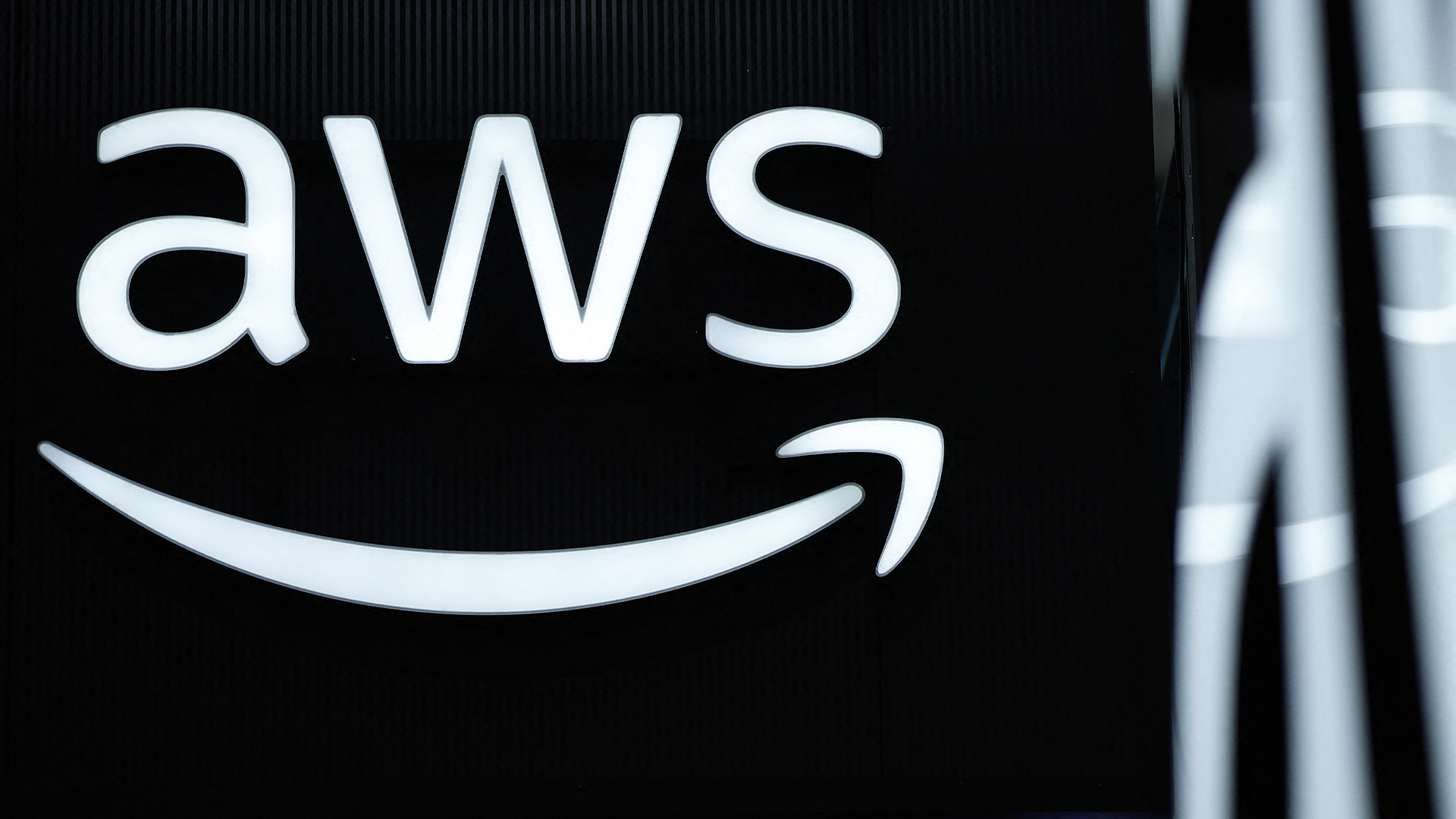 AWS pledges $50 billion to expand AI and HPC infrastructure for US government clients
AWS pledges $50 billion to expand AI and HPC infrastructure for US government clientsNews The company said an extra 1.3 gigawatts of compute capacity will help government agencies advance America’s AI leadership
-
 OpenAI just signed a bumper $38bn cloud contract with AWS – is it finally preparing to cast aside Microsoft?
OpenAI just signed a bumper $38bn cloud contract with AWS – is it finally preparing to cast aside Microsoft?News The move by OpenAI doesn’t signal an end to its long-running ties with Microsoft
-
 Google Cloud introduces ‘no-cost’ data transfers for UK, EU businesses
Google Cloud introduces ‘no-cost’ data transfers for UK, EU businessesNews Google Cloud's new Data Transfer Essentials service will allow enterprises to transfer data to alternative providers at no extra cost.
-
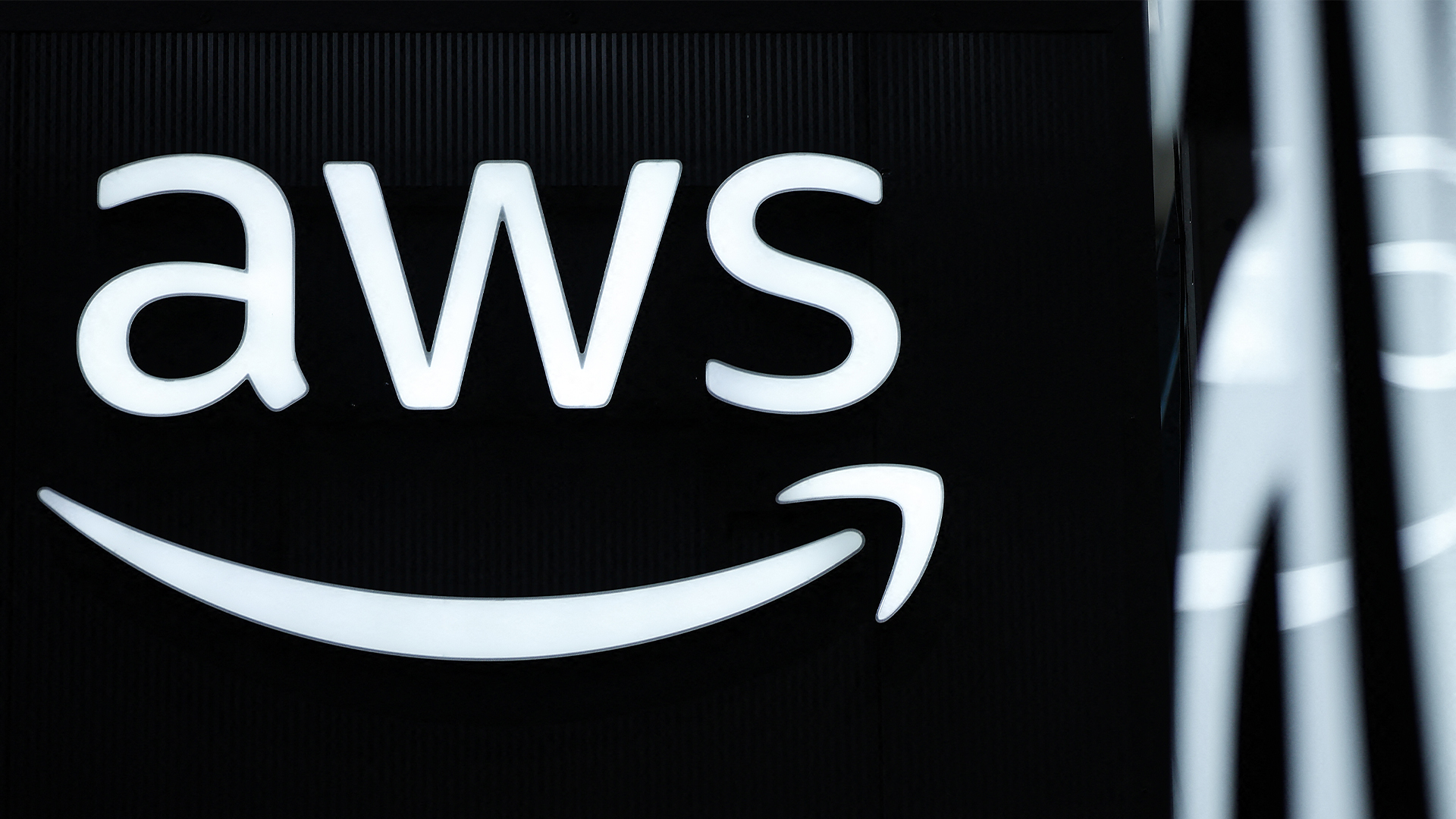 Is AWS' cloud dominance waning? New stats show the hyperscaler's IaaS market share is decreasing while Microsoft and Google record gains
Is AWS' cloud dominance waning? New stats show the hyperscaler's IaaS market share is decreasing while Microsoft and Google record gainsNews AWS maintained its lead in the IaaS market last year, but its share decreased while Microsoft and Google recorded gains.
-
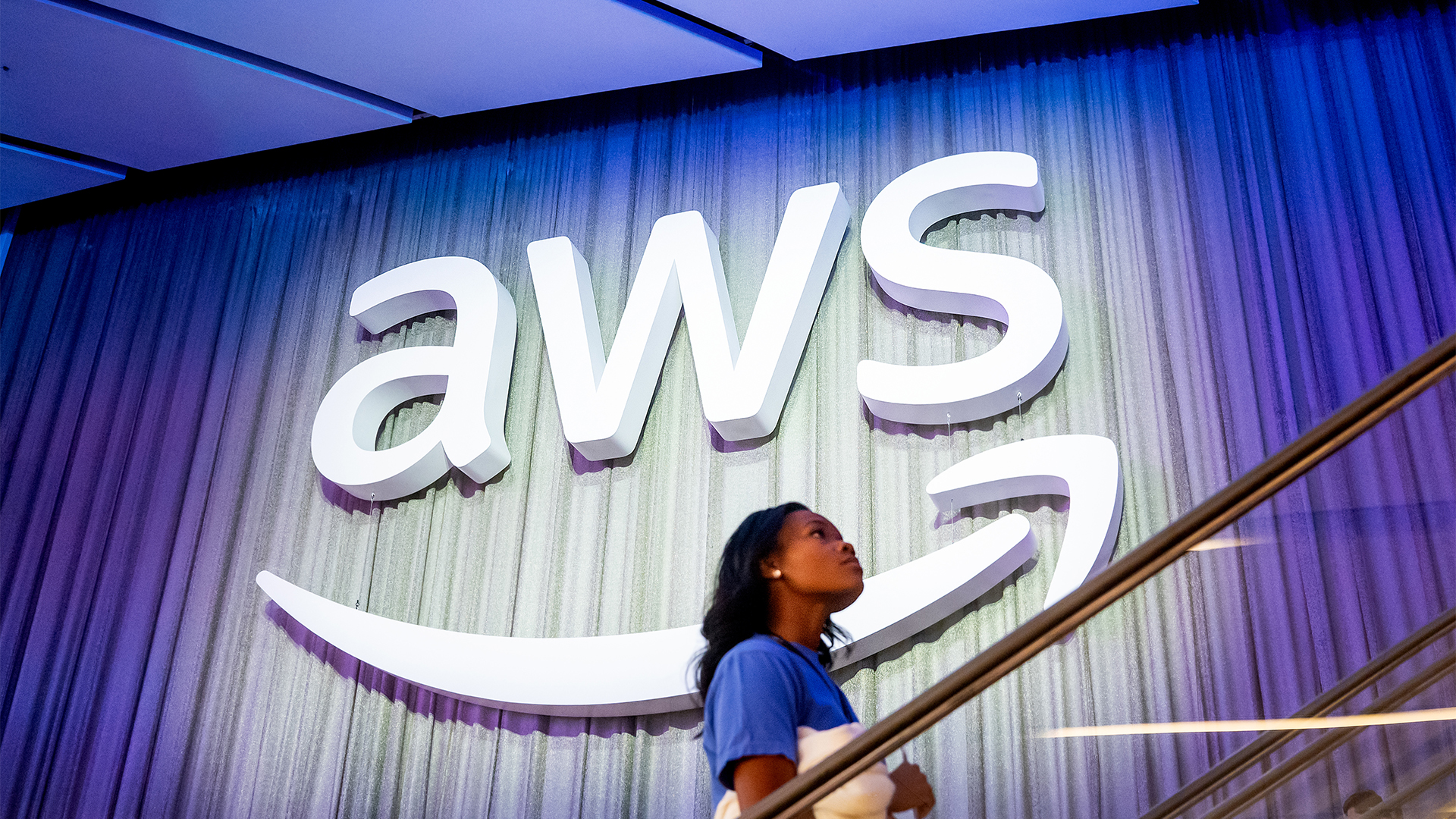 AWS says only Europeans will run its European Sovereign Cloud service
AWS says only Europeans will run its European Sovereign Cloud serviceNews The firm wants to reassure customers that sovereign really does mean sovereign
